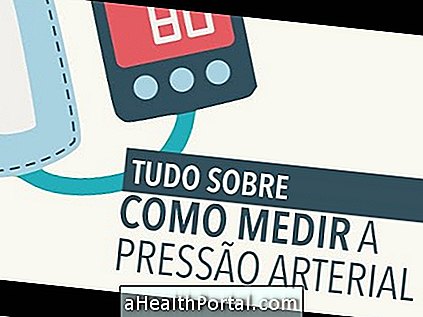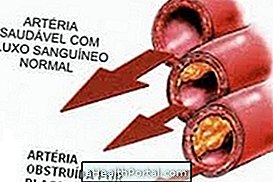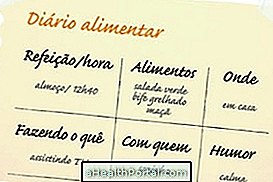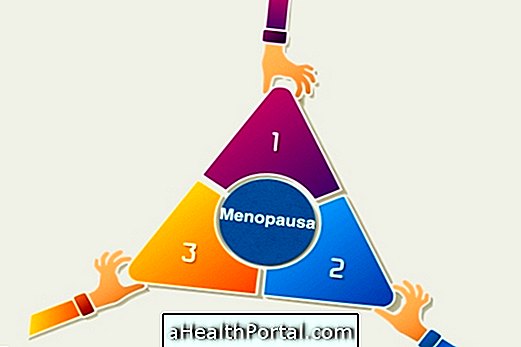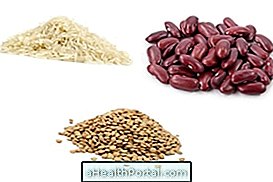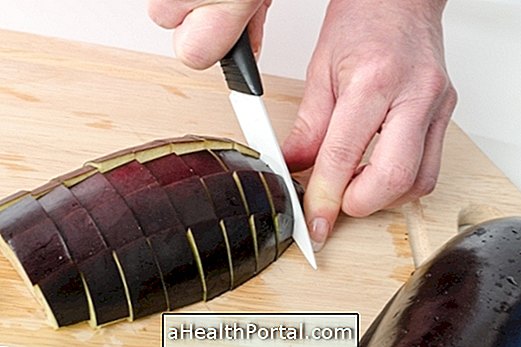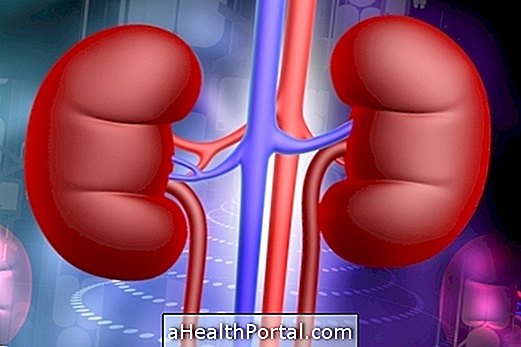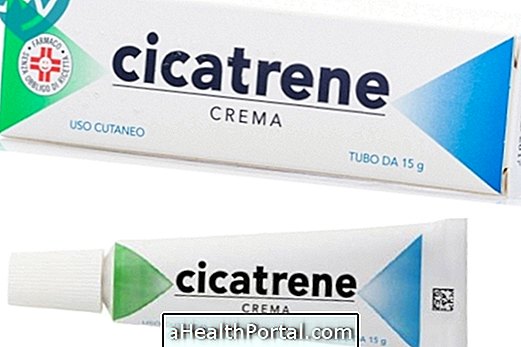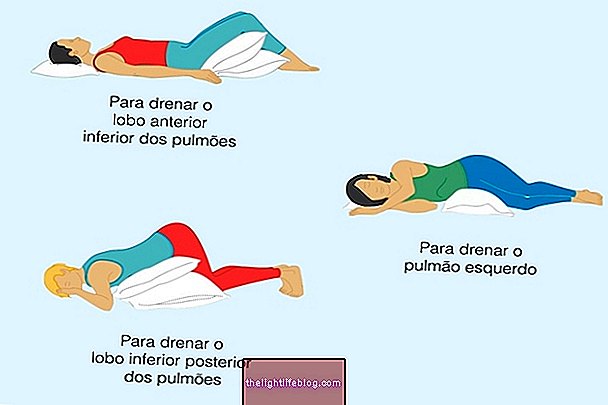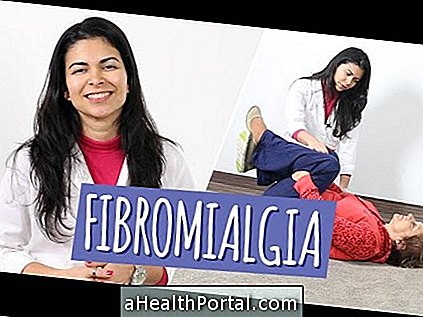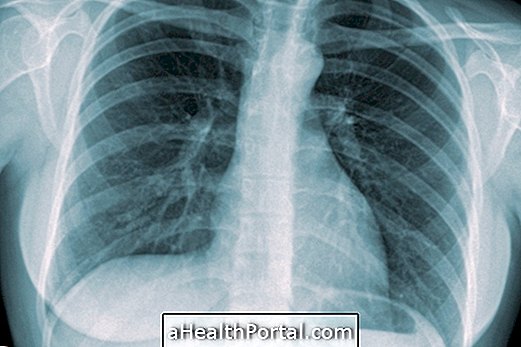Recovery from aortic valve replacement surgery is time-consuming, requiring adequate rest and feeding to aid in the healing process. On average, the person is hospitalized for about 7 days and should follow the care at home according to medical advice. In the first month after surgery, it is important not to drive and not do heavy activities that may include simple activities such as cooking or sweeping the house, for example.
First days after surgery
Soon after the surgery the patient is taken to the ICU, where he usually stays for one or two days to be closely monitored and avoid complications. If all is well, the patient is transferred to the ward where he will remain until he is discharged. In general, the patient goes home about 7 to 12 days after surgery and the total recovery time depends on factors such as age, recovery care and health status before surgery.
Even during hospitalization, it will be necessary to do physiotherapy because it will help in the recovery of lung capacity, improving breathing, and strengthening and recovery of the body after surgery, allowing the person to resume normal activities of daily life. Physical therapy can also be performed after hospital discharge, with varying duration according to the medical orientation and patient recovery. See 5 exercises to breathe better after surgery.
How to eat at home
Lack of appetite is common after surgery, but it is important that the person strive to eat a little at each meal, giving the body the nutrients needed for a better recovery.
After surgery, the diet should be based on a healthy diet:
- One should eat: foods rich in fiber, fruits, vegetables and whole grains such as oats and flaxseed.
- You should avoid : consumption of fatty foods such as bacon and sausage, fried foods and industrialized products such as sausage and frozen food, as this type of food can increase inflammation.
Constipation is also common, since lying flat and standing always helps the bowel to stay sluggish. To improve this symptom you should eat plenty of fruits, vegetables and whole grains throughout the day, and drink plenty of water. The water helps to hydrate the body and form the stool, favoring the intestinal transit. When constipation can not be resolved with food, your doctor may find it necessary to prescribe a laxative such as Lactopurga or Dulcolax. Learn about feeding in constipation in: constipation, what to do?


Home Activities
At home, one should follow the medical guidelines of rest and rest. After the first two weeks, the person can get up and walk better, but he should still avoid making efforts like taking weights or walking for more than 20 minutes without stopping. It is also common to have insomnia on the way home, but staying awake during the day and taking a painkiller before bedtime can help. Insomnia tends to improve with the passing of days and the resumption of routine.
Other activities such as driving and returning to work should be released by the surgeon, but on average the person can re-drive after about 5 weeks while returning to work may take up to about 3 months, especially when someone does some heavy manual work .
Signs that one should seek the doctor
You should see your doctor when you have:
- Increased pain around the surgery site;
- Increased redness or swelling at the surgery site;
- Presence of pus;
- Fever greater than 38 ° C.
Other problems like insomnia, discouragement or depression should be reported to the doctor in return visits.
After full recovery, the person can have a normal life in all activities, and should always follow up with the cardiologist. Depending on the age and type of valve used in surgery, a new aortic valve replacement surgery may be required after 10-15 years.

